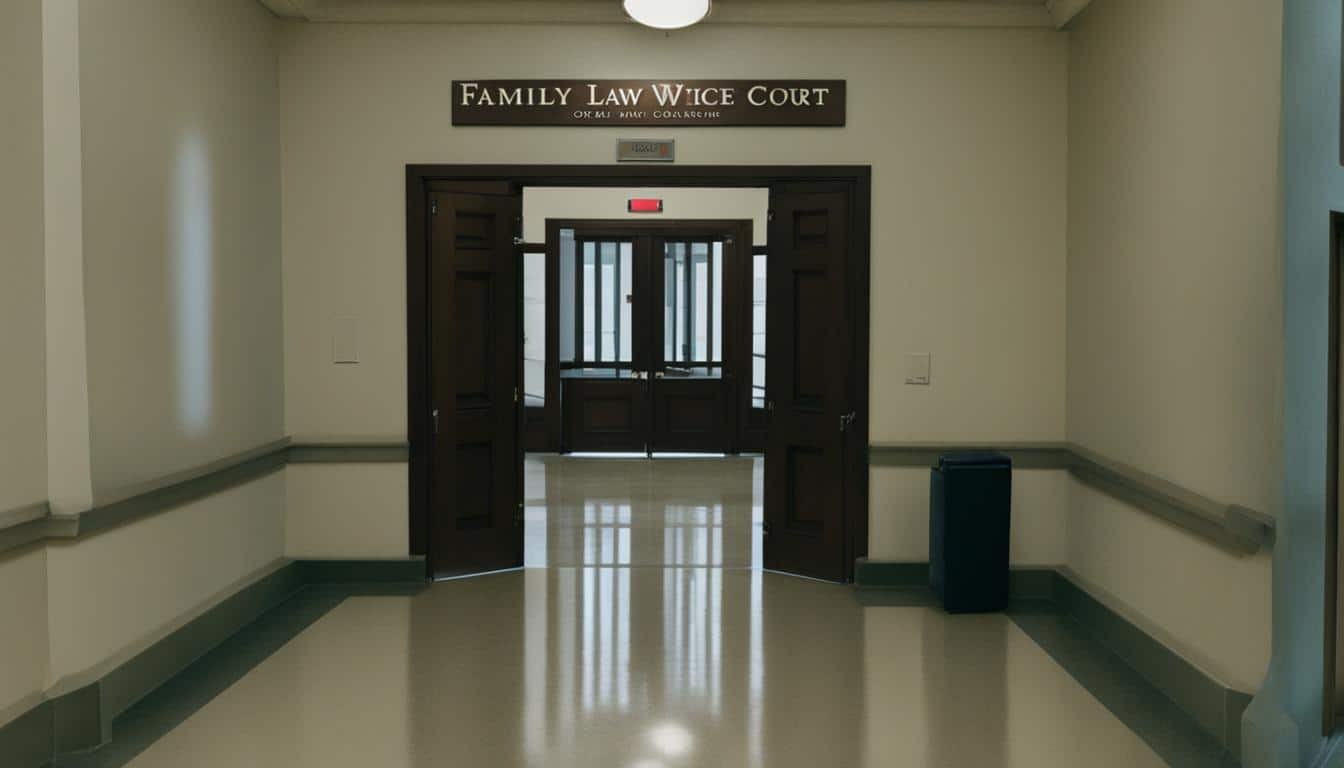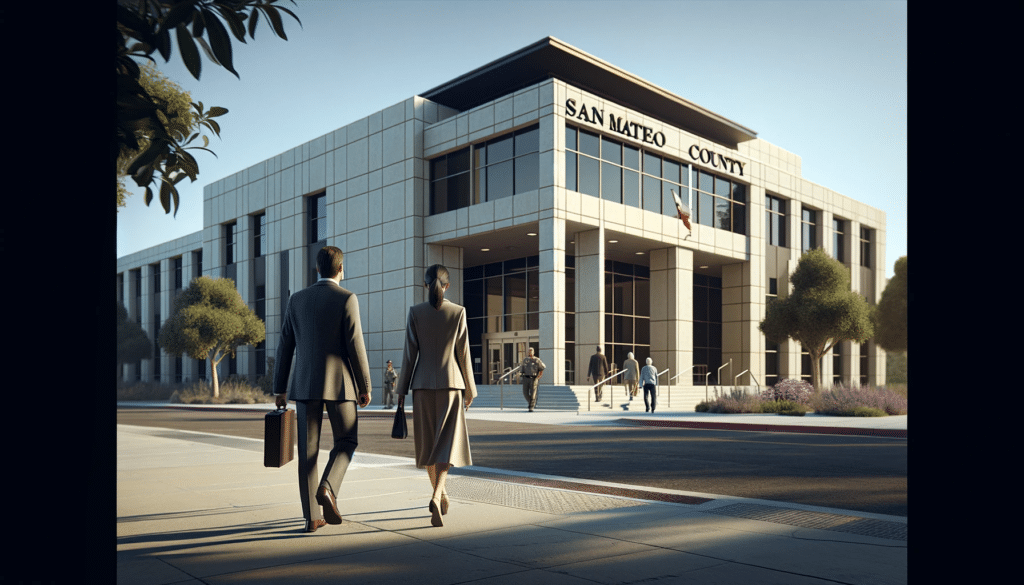Physical Address
304 North Cardinal St.
Dorchester Center, MA 02124
Physical Address
304 North Cardinal St.
Dorchester Center, MA 02124

Filing for divorce in San Mateo County, CA, can feel like navigating a maze without a map. You’re not alone in this journey.
Every year, countless individuals face this challenging process. But where do you start?

The first step is understanding the legal landscape of San Mateo County. It’s unique, just like your situation. This article will serve as your guide, shedding light on the essential steps and considerations.
Divorce isn’t just about legal forms; it’s about starting a new chapter. You’ll learn about necessary documents, local court procedures, and how to manage the emotional rollercoaster.
We’ll also touch on finding support and resources in the community. Whether amicable or complicated, your path to a new beginning starts here. Keep reading to empower yourself with knowledge and take control of your future.
To get more info on filing for divorce in California, find a detailed overview in our article, How to File for Divorce in California.
In order to file for divorce in San Mateo County, CA, both residency and eligibility requirements must be met. Let’s first discuss the residency requirements:
In order to file for divorce in San Mateo, either you or your spouse must have been a resident of the state of California for at least six months prior to filing the divorce petition.
Also, one of you must have been a resident of San Mateo County for at least three months prior to filing the petition.
Meeting the residency requirements ensures the county court has jurisdiction over your case and allows you to proceed with the filing process.
San Mateo County, like the rest of California, recognizes and legally allows same-sex marriages. This means that same-sex couples have the same rights and obligations when it comes to divorce proceedings.
If you are a same-sex couple filing for divorce in San Mateo County, the same residency requirements apply to you as they do for opposite-sex couples. You must meet the minimum duration of residency in California and San Mateo County in order to initiate the process.
Same-sex couples can file for divorce in San Mateo County even if their marriage took place outside of California. As long as the marriage is recognized as valid in the eyes of California law, the divorce process can proceed in San Mateo County.
San Mateo County, like the rest of California, follows a no-fault divorce policy. This means that a divorce can be granted based on irreconcilable differences.
Irreconcilable differences refer to substantial disagreements between spouses that have led to the permanent breakdown of the marital relationship.
In a no-fault divorce, neither party is required to prove fault or wrongdoing on the part of the other spouse. This approach promotes a more amicable and less accusatory process, focusing on the dissolving of the marriage rather than assigning blame.
This no-fault stance recognizes that marriages can deteriorate due to various factors, such as growing apart, personality differences, or loss of emotional connection, without one party being solely responsible.
By eliminating the need to prove specific grounds, a no-fault divorce simplifies the legal process and allows couples to dissolve their marriage in a more straightforward manner.

This section provides a practical guide on how to initiate a divorce in San Mateo County CA and navigate the filing procedure smoothly.
Following these steps will help ensure a smooth and efficient divorce process in San Mateo County. However, it’s a good idea to consult with a qualified divorce attorney who can provide personalized guidance and support throughout the proceedings.
The filing fees in San Mateo County, California vary depending on the specific circumstances of your case.
In San Mateo County, California, the cost of filing the initial petition is $435.
(Please note that the fee is subject to change, so it is important to verify the current filing fees with the San Mateo County Superior Court before initiating the divorce process.)
Payment of the filing fees can typically be made by cash, check, money order, or credit/debit card.
Filing fees are for the court’s administrative handling of the case. These fees do not include other costs such as attorney’s fees, mediation and more.
If you are unable to afford the filing fees, you may be eligible to apply for a fee waiver. A fee waiver allows individuals who meet certain criteria to have their filing fees waived or reduced.
To apply for a fee waiver in San Mateo, follow these steps:
Not everyone will qualify for a fee waiver. The court will evaluate your financial situation and determine if you meet the eligibility requirements.
If you do not qualify for a fee waiver, you may consider other options such as a payment plan or seeking assistance from low-cost or pro bono legal services.
The San Mateo County Superior Court is the main courthouse for divorce proceedings in the area. Here are the addresses of the main family law court building in the county:
| Court Name | Address | Contact Information |
| Superior Court of California, County of San Mateo | 400 County Center, Redwood City, CA 94063 | (650) 261-5100 |
| San Mateo Superior Court – Central | 800 N Humboldt St, San Mateo, CA 94401 | (650) 261-5100 |
| San Mateo Superior Court – Family Law | 400 County Center, Redwood City, CA 94063 | (650) 261-5100 |
Whether you need information on filing fees, court procedures, or other aspects of the divorce process, the San Mateo County Superior Court is there to provide guidance and support. Their knowledgeable staff can answer your questions and guide you through the necessary steps to obtain a divorce in San Mateo County.
If you prefer to file without an attorney, you have the option to represent yourself in the divorce proceedings.
Although hiring an attorney can provide valuable legal advice and guidance, self-representation, also known as a DIY divorce, can be a cost-effective alternative. However, it is important to consider the pros and cons before making a decision.
One of the main advantages of self-representation is the potential cost savings. Hiring an attorney can be expensive, and by representing yourself, you can avoid these fees.
Also, self-representation gives you more control and autonomy over your case. You can make decisions without consulting or relying on an attorney, giving you a greater sense of involvement in the process.
However, self-representation requires thorough preparation and research. Divorce proceedings involve complex legal procedures, and without proper knowledge, you may risk making mistakes that could adversely affect the outcome of your case.
It is highly recommended to educate yourself on the divorce laws specific to California and San Mateo County and consult resources such as the San Mateo County Superior Court website or legal self-help centers for guidance.
Also, while self-representation is an option, it may not be suitable for everyone. If your divorce involves contentious issues such as child custody, complex financial arrangements, or significant assets, it may be beneficial to seek legal assistance to ensure your rights and interests are protected.
To see how this process of filing for divorce in San Mateo County compares to that in other California counties, check out our articles about how to file for divorce in San Luis Obispo County and filing for divorce in Santa Barbara County.